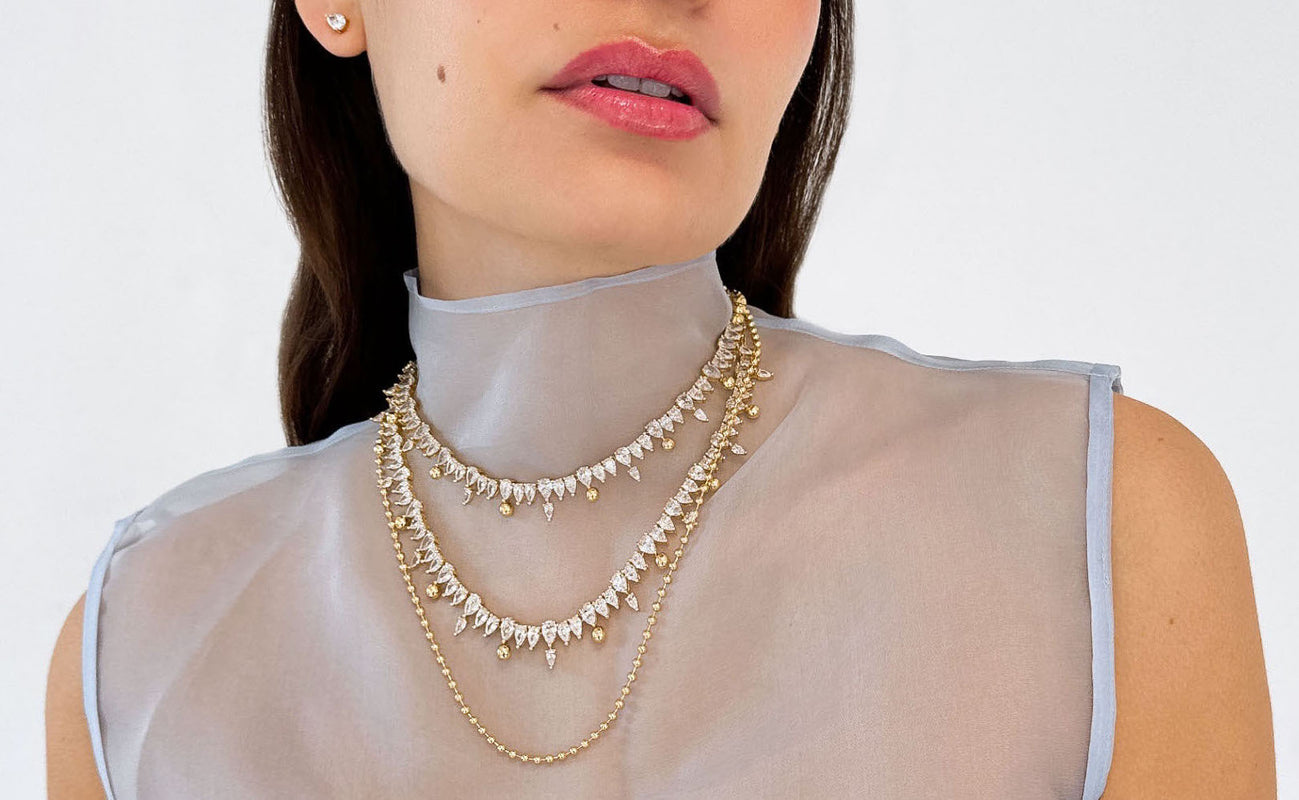New Arrivals:
The Réves Dorés Collection

Small Violette Pave Hoop Earrings
$ 118.00

Large Violette Pave Hoops
$ 158.00

Lilou Open Hoop Ear Jacket Earrings
$ 138.00

Lilou Crystal Charm Bracelet
$ 125.00
Featured collection:
The Éclat Collection

Aline Cluster Earrings
$ 148.00

Mael Hexagon Earrings
$ 158.00

Amandine Crystal Dangle Earrings
$ 108.00

Joélle Bezel-Set Pendant Necklace
$ 129.00

Noèle Baguette Hoops
$ 148.00

Mireille Hexagon Hoops
$ 128.00

Billie Chain Link Earrings
$ 158.00

Maél Chain Earrings
$ 198.00
Our story
Our goal is to create jewelry that is not only beautiful and unique, but also eco-friendly and sustainable. We believe that fashion should be a force for good, and our jewelry is made with the planet in mind. Our pieces are created with recycled metals and ethically sourced gemstones so that you can feel good about your purchase.
We are committed to using sustainable materials and practices in everything we do, from our jewelry's construction to how we package and ship it. We want to make it easy for you to shop eco-friendly without sacrificing style or quality.




